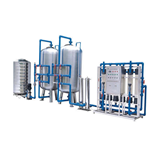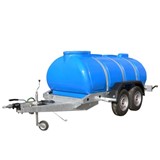You may say, “ I went on Google and tried to search for a Borascope but didn’t’ find what needed’ Well, the truth is that this visual inspection device has a few different spellings that will offer differing results. In fact, the singular spelling of BOESCOPE may offer different results than the plural form Borescope. Admittedly, a borescope may not be something that the average person is familiar with and may not have to investigate on a regular basis and therefor misspelling of the word is completely understandable. The most common misspellings are: Borascope, Bore scope or Bores-scope. Although Google has come a long way and may time will offer results for the item that you are actually looking for or may even under the search entry offer the suggestion of, “Did you mean Borescope’?
Another factor is that for many people in Europe they may refer to this remote visual equipment as an Endoscope or Endoskope. Well, in North America we typically refer to Endoscopes as visual inspection equipment that is used in the medical industry and not for use as an aviation borescope or automotive borescope. In North America we typically refer to the inspection devices as Endoscopy devices. We assume that that these inspection cameras are used for medical procedures endoscopic knee surgery or an upper endoscopy that is used to diagnose and, sometimes, treat conditions that affect the upper part of your digestive system, including the esophagus, stomach and beginning of the small intestine. So for our European customers we hope not to confuse you but for us on the other side of the pond we historically refer to endoscopes as being a medical inspection device and not for industrial use. So for the purpose of this discussion, we are only going to discuss borescopes that are intended for industrial or aerospace applications.
Borescopes are used for visual inspection work where the target area is inaccessible by other means, or where accessibility may require destructive, time consuming and/or expensive dismounting activities. Similar devices for use inside the human body are referred to as endoscopes. Borescopes are mostly used in nondestructive testing techniques for recognizing defects, FOD (Foreign Object Debris) or imperfections.
Borescopes are commonly used in the visual inspection of aircraft engines, gas turbines, steam turbines, diesel engines, airframe and automotive and truck engines. But with the customer demand to be more knowledgeable of the inspection process there are more and more industries that are using borescopes such as home inspectors, termite inspectors and other manufacturing disciplines. Gas and steam turbines require particular attention because of required safety and maintenance requirements. Borescope inspection of engines can be used to prevent unnecessary maintenance, which can become extremely costly for large turbines. They are also used in manufacturing of machined or cast parts to inspect critical interior surfaces for burrs, surface finish, debris or complete through-holes. Other common uses include forensic applications in law enforcement, contraband search, building inspection, and in gunsmithing for inspecting the interior bore of a firearm. In World War II, the primitive rigid borescopes were used to examine the interior bores (hence "bore" scope) of large guns for defects. Of course, modern day inspection of gun and artillery inspection continue.
Flexible borescopes
The traditional flexible borescope includes a bundle of optical leached fibers which divide the image into pixels. With fiberscopes the ‘pixel count’ usually refers to the quality of the image. For example, a 4mm diameter fiberscope with 10,000 will not provide the same image quality as a flexible fiberscope with 15,000 pixel image bundle. It is also known as a fiberscope and can be used to access cavities which are around a bend, such as a combustion chamber or "burner can", in order to view the condition of the compressed air inlets, turbine blades and seals without disassembling the engine. Obviously, the ability to enter this borescope into the inspection area to confirm the internal capabilities is much more cost effective and time saving compared to tearing down the engine and performing a visual inspection.
A traditional flexible borescope or a fiber borescope suffer from pixilation and pixel crosstalk due to the fiber image guide. Image quality varies widely among different models of flexible borescopes depending on the number of fibers and construction used in the fiber image guide. There are some low quality borescopes that provide a low count of image fibers to the count of 5,000 and when viewing the image it appears that you are looking through a ‘honey comb’ as you can actually see the image fibers within your inspection area. Some high-end borescopes offer a "visual grid" on image captures to assist in evaluating the size of any area with a problem. For flexible borescopes, articulation mechanism components, range of articulation, field of view and angles of view of the objective lens are also important. Fiber content in the flexible relay is also critical to provide the highest possible resolution to the viewer. Minimal quantity is 10,000 pixels while the best images are obtained with higher numbers of fibers in the 15,000 to 22,000 range for the larger diameter borescopes. The ability to control the light at the end of the insertion tube allows the borescope user to make adjustments that can greatly improve the clarity of video or still images.
Many of the flexible fiberscopes will provide 2-way articulation. This means that you can manipulate, deflect or steer the tip of the probe. This capability is provided by the fiberscope having high tensile cables that run down the length of the probe from the handle down to the bending section. The ‘bending section’ may sound simple but it is not. This section is at the end of the fiberscope probe and the length of the bending section will vary. Lower cost system will offer a very long bending section as this is easier to deliver. Higher quality system will offer a shorter bedding section. Think of your hand; which of your fingers can touch the palm of your hand in the shortest distance? Of course, it is the smallest finger. What does this mean? Well, when inserted into the inspection area the system with the smallest bending section can enter a smaller are. ‘Well, my pinky finger can touch it sooner but it’s also my weakest”. Yes, that is true but your borescope is designed for force, it is designed to enter into your inspection area and provide you the viewing that you need and save you time and money.
Typically your larger diameter probes will offer a longer bending section area than your smaller diameter borescopes. The cable guides are larger, the bending section vertebrae is larger and of course the lens tip and housing is larger.
The other factor to consider with your fiberscope is image quality. Yes, a 3mm diameter fiberscope probe can enter a 15mm entry point but a 6mm diameter system will offer greater lighting as well as image bundle. Of course as with many inspection devices, the smaller diameter systems will cost more than the larger devices. The main factor is that the cost of raw materials as well as production cost is higher with the more intricate devices when compared to the larger devices.
Video Borescopes, Borescope Camera, Fiberscope Camera or Videoscope
This is another visual inspection device that is called by different names. Some refer to these borescope systems with a color screen as a Fiberscope camera, Borescope Camera, Video Borescope or as most call it, a Videoscope. A video borescope, Videoscope, or inspection camera is similar to the flexible fiberscope but uses a mini video camera or micro camera at the end of the borescope probe. As a tool for remote visual inspection the ability to capture avi video or JPEG images for later inspection is an invaluable benefit for today’s quality inspection professional. These videoscopes offer a color screen display to view the inspection area rather than viewing the image from the ocular eyepiece. Because a complex fiber optic waveguide in a traditional borescope is replaced with an electrical cable, video borescopes can be much less costly and potentially better resolution (depending on the specifications of the camera). At present, costs for high end video borescopes can range from about $8,000 to $80,000 depending upon manufacturer, options, advance features and specifications.
Easy-to-use, battery-powered video borescopes, with 75 mm (3 in) LCD displays of 320×240 pixels or better, became are available for prices between $100 and $400 and are adequate for some applications. Most of these economy borescopes do not offer articulation and are still very useful for many inspections. The cheap borescopes without articulation have replaced many of the rigid borescopes that were once used. Lower cost and the on-board capabilities to take pictures and streaming video is the main cause. On many of these models, the video camera and flexible tube is submersible. However, do not confuse water resistant and water proof. Although you can submerge the videoscope probe into non corrosive liquids, these small diameter low cost borescopes are not designed for long duration of submergence. Later models offered improved features, such as lower cost, better resolution, adjustable illumination or replacing the built-in display with a computer connection, such as a USB cable.
In years past the standard videoscope diameters have been in the 4-6mm range however, with advancing technologies you can now find videoscope with diameters of 3, 2.8 or even 2.0mm with articulation! The cost of initial ownership for these mini videoscopes is greater as the cost of the micro camera and the manufacturing process is more costly. In addition, the probe lengths are typically shorter as it is challenging for the cable guides to articulate in lengths greater than 1 meter. A point to make with small videoscope is that you may be thinking, “I’ll just geta a 2mm system and it can fit into everything that I’m going to inspect.” While that may be true a 2mm or 3mm diameter videoscope will not be able supply enough light output to support some of your larger diameter inspection applications. Regrettably, there really isn’t an ‘one size fits all’ borescope.
The borescope probe, also called borescope wand or borescope cord typically offers a stainless steel or tungsten sheathing. This wire mesh steel cord braid protects the communication ribbon, cable guides and all other internal components of the borescope probe. There are some borescopes that offer a PVC or Poly coating on the exterior of the probe.
Rigid borescopes
Rigid borescopes are similar to fiberscopes but generally provide a superior image at lower cost compared to a flexible borescope. However, these standard systems offer a shorter range of inspection as the maximum probe range is 7-24 inches. We can customize you rigid borescope to lengths for shorter than 4 inches for your special inspections. In addition, rigid borescopes have the limitation that access to what is to be viewed must be in a straight line because the exterior is a rigid steel tube. Rigid borescopes are therefore better suited to certain tasks such as a straight line inspecting automotive cylinders, castings, manufactured products and gunsmithing.
Criteria for selecting a borescope are usually probe length and desired image viewing. Rigid borescopes are designed with glass rods that provide the image to the optical viewer. Most rigid borescopes range from 2.7 to 8mm in diameter. The rod lenses provide a very clean and crips imaging and are a chosen inspection for many casting inspection professionals.
The most common length for rigid borescopes is 7 and 12 inches in length. These borescopes can provide different viewing angles or AOV. The most popular viewing angles for rigid borescopes is 0 degrees (straight view) or 90 degrees (side view) and there other options for many of these at 30, 70 or 110 degrees. The small rigid borescopes do not offer the wide range of viewing angles of some of the larger diameters. The challenging production of some of the smaller diameter rigid borescopes do not allow for the viewing lenses that the larger diameter systems offer.
Can I take pictures with my rigid borescope? Yes, you can take pictures with your rigid borescope. Most rigid borescopes are designed with a 40mm diameter eyepiece and a standard coupler can be securely placed over the eyepiece. Once the eyepiece is placed over your rigid borescope you can attach the USB Camera. The USB Camera is exactly what is sounds like it is. The borescope camera that attaches to the coupler will communicate via an USB cable to laptop or computer. At that point your computer will become the device to not only view the images but also to capture still images and steaming video.
For use with the USB Camera regardless of the diameter of your rigid borescope we recommend a high intensity LED light source. The framerate of the USB camera is far to fast and advanced for the older halogen light source and the high intensity LED light source provides a clean light that supports your viewing.
The rigid borescope is a very valuable inspection tool for many industries and of course with the advancement of technology there are other options. Before you consider the purchase of a rigid borescope you may chose to consider a low cost borescope such as a non-articulating borescope. These systems do not offer any steering of the probe tip but neither does the rigid borescope. But this cheap borescope do offer the ability to view the image on a color screen and can take pictures as well as video. We are by no means knocking the rigid borescope as an inspection device but want to you to be aware of other options.
Micro Borescopes or Mini Borescope
Many industrial, aerospace and medical manufacturing applications require to examine a extremely small or narrow passage. For this reason, we provide a number of mini borescopes that can perform the most challenging inspections. We offer optical micro borescope as small as .37mm (.01457 inches) with a straight (0-degree view) with various lengths. Micro borescope is available in standard diameters of .37, .5 and 1.0mm and we can provide you with a custom diameter if desire. Our mini borescopes are offered with standard lengths of 500 mm (19.6 inches) and we can customize your mini borescope to most any length you require. Our micro borescopes come standard with a front view lens but we can offer a side view (90 degree) with a diameter as small as .75 (.02953 inches) at various lengths.
These micro fiberscopes are designed with a high-quality image bundle and a supporting light bundle. What we’re trying to say is that if your purchase a .37mm micro fiberscope that is the actual diameter of the system with both the image bundle and light bundle. The system is designed with a light guide post that can receive a standard light guide or our Portable LED Light source. So the actual diameter is .37mm and you don’t have to worry about how to provide light into your borescope inspection area as the system is designed to provide that.
The mini borescopes are hair thin and it is not uncommon to see light coming through the sheathing. When our new customers receive their tiny borescope, they may think that their system has some sort of defect but that is not the case. The diameter is so small on these systems that it is not uncommon to have the light ‘bleed’ through.
Technology at this point does not offer a micro inspection camera as small as the micro borescopes. So what do you do if you need to take pictures with our micro borescope? We offer an USB Camera that can be used with a micro borescope, rigid rescope or flexible fiberscope. Most fiber optic borescopes are designed with a 40mm diameter eyepiece and a standard coupler can be securely placed over the eyepiece. Once the eyepiece is placed over your min fiberscope you can attach the USB Camera. The USB Camera is exactly what is sounds like it is. The fiberscope camera that attaches to the coupler will communicate via an USB cable to laptop or computer. At that point your computer will become the device to not only view the images but also to capture still images and steaming video.
For use with the USB Camera regardless of the diameter of your tiny borescope we recommend a high intensity LED light source. The framerate of the USB camera is far too fast and advanced for the older halogen light source and the high intensity LED light source provides a clean light that supports your viewing.
Other Inspection Camera Considerations:
Another element to consider it that the term Borescope is often associated with other visual inspection devices such as sewer cameras, drain cameras, plumbing camera, push cameras, plumber camera, pipe camera , Duct camera and HVAC cameras. Please visit our other blogs to get a better understanding of these remote visual inspection devices.



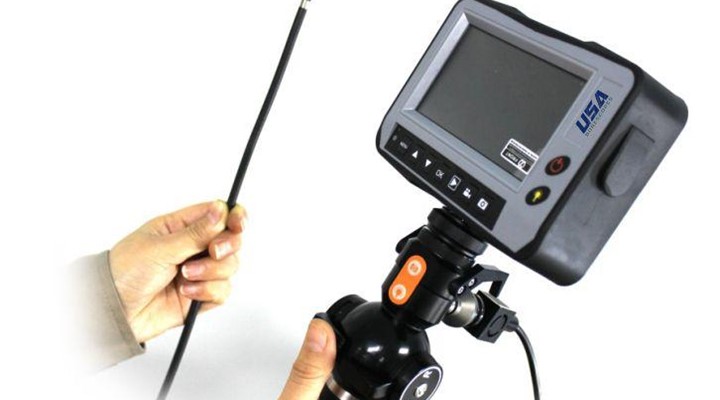
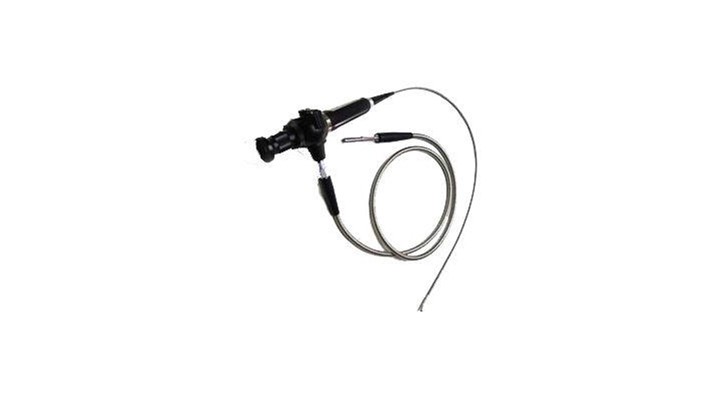
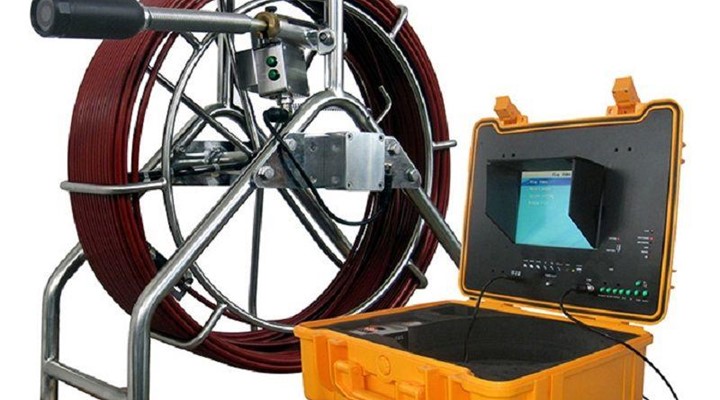

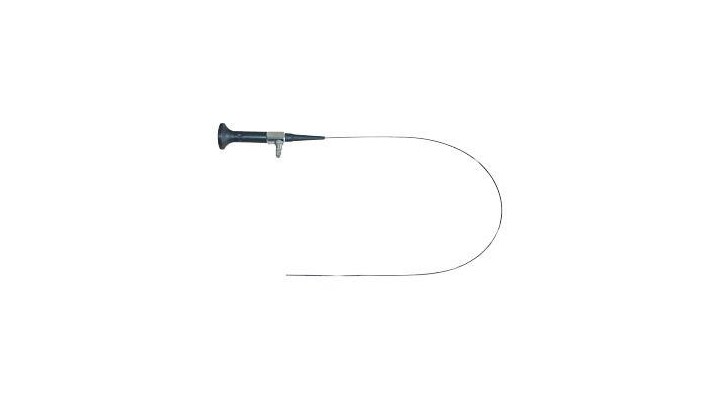
-160x160-state_article-rel-cat.png)




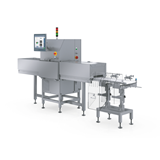
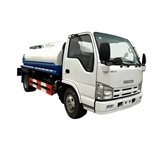


-160x160-state_article-rel-cat.png)



-160x160-state_article-rel-cat.png)
-160x160-state_article-rel-cat.png)
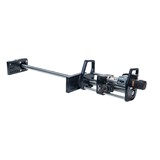
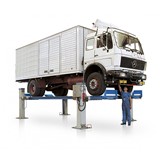
-160x160-state_article-rel-cat.png)
